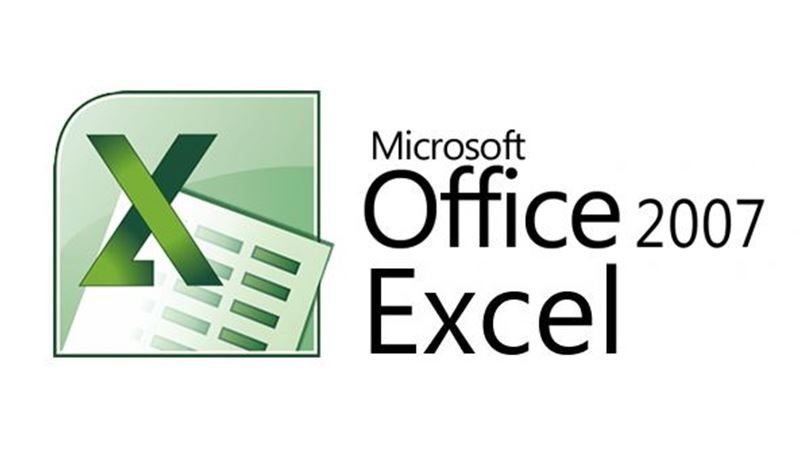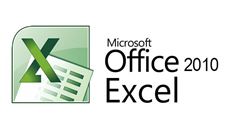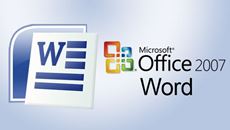- Delivery Method Online
- Professional Certificate
- 24hrs Suggested Study Time
- 3 Months Access
- Tutor Support
- Study On Any Device
- 965 Students
Microsoft Excel 2007 for Teachers

Learn the basics of Microsoft Excel 2007 in this professional development course for teachers, and get the training every teacher needs for using and teaching this powerful program effectively in the classroom.
Learn the basics of Microsoft Excel 2007 in this professional development course for teachers, and get the training every teacher needs for using and teaching this powerful program effectively in the classroom. This unique online workshop is packed full of tips, shortcuts, and lesson plan ideas.
First, we'll cover all the important Excel fundamentals: Using tabs, formatting cells and worksheets, inserting formulas for addition, subtraction, multiplication, and division, and creating colorful charts and graphs. Then we'll move on to more advanced Excel features such as sorting and analysing student test data for differentiated instruction, writing powerful mathematical formulas, and using Excel to automatically calculate student averages and other statistics. You'll finish the course by creating a customisable grade book that you can use in your own classroom.
Throughout the course, we'll explore standards-based lesson plans and activities that allow you to pass your Excel knowledge on to your students, no matter what grade level you teach. By the end, you'll have a solid understanding of Excel, and a wealth of ideas for integrating this technology into your lesson plans across your curriculum.
Courses are delivered to you through expertly executed lessons, online instruction and interaction with like-minded students. Our courses are designed to deliver all of the benefits of studying in a classroom whilst giving you the flexibility to study at a time and place to suit your needs. You can access your classroom 24/7 from any device with an internet connection.
This course has a 3 month duration. You'll complete comprehensive lessons, quizzes and assignments before submitting your final exam at the end of the course to achieve your certificate. Courses must be completed within the 3 month access period.

Robin Sellers
Robin Sellers is a certified teacher with a Master of Arts degree with a concentration in Technical and Professional Communication. She has over 11 years of experience in the traditional classroom and has been an online instructor since 2000, trai... Read more
Read Robin Sellers's ProfileFrequently Asked Questions
What people are saying about our courses
The Learning Environment
From the moment that you enrol in the Microsoft Excel 2007 for Teachers you will become an integral part of our learning community. You'll find yourself with the freedom to learn at a speed that suits you, on any device, from anywhere in the world. Achieving your career goals no longer has to mean compromising family and work commitments.
Our Values
Learn At Your Own Pace
We believe in personalised learning. That's why we provide all the tools and support you need to succeed at your own pace. With flexible learning, you'll stay motivated and retain more information. Plus, you can balance your studies with work and family commitments to make your dreams a reality.
We Won't Break The Bank
Education should be accessible to anyone who wants to learn. That's why we offer some of the most competitive prices in the industry with payments plans for just $25 per week. Investing in your future is a smart choice and doesn’t have to break the bank.
Industry-Led Courses
There's no better way to learn than from experts with years of experience in your field. That's why each of our 200+ industry-led courses are designed to give you a real-life perspective on your industry. With our expert mentors, you'll learn from people who have a wealth of knowledge and experience, and who are passionate about sharing it with you.
Get The Personal Support You Deserve
At Vibe Learning, we're real people who are dedicated to providing you with personal support every step of the way. Our industry experts are not only professional and knowledgeable but also incredibly passionate about sharing their expertise with you. With their guidance, you'll gain invaluable insights and practical knowledge to help you succeed.
Still looking?
Check out the following courses related to Microsoft Excel 2007 for Teachers:




